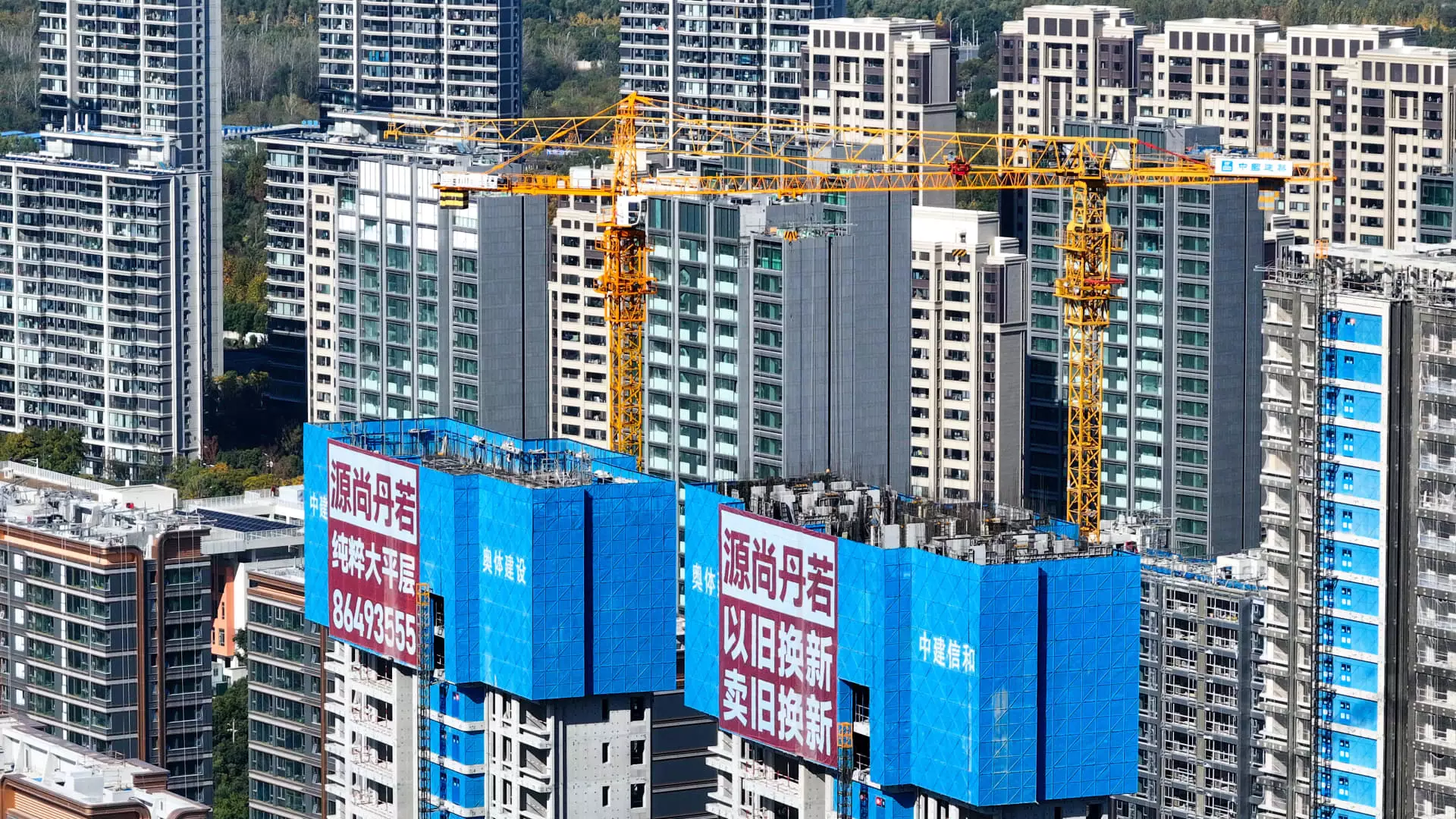China’s economy, regarded as the second-largest in the world, is currently facing challenges that seem to dilute the impact of recent stimulus measures aimed at revitalizing growth. Despite indications of slight improvements in specific sectors such as real estate and manufacturing, comprehensive recovery remains elusive. This ambiguous scenario reflects a broader narrative regarding the interplay of government intervention, market response, and the overarching context of global economic dynamics.
Since late September, the Chinese government has implemented a series of stimulus initiatives designed to uplift economic activity. However, recent earnings reports from major companies highlight a prevailing atmosphere of caution rather than optimism. For instance, Meituan, a leading player in the food delivery sector, reported only modest improvements, noting that while hotel bookings increased in October, the growth remained constrained compared to previous months. Such statements from industry leaders emphasize a consensus: the positive effects of government stimulus may take time to trickle down into tangible growth.
Other key players, including Alibaba and Tencent, echoed these sentiments during their earnings calls. Their responses underscore a growing belief that while measures are in place, the translation of these policies into robust economic recovery will likely face delays. Gabriel Wildau, a managing director at Teneo, succinctly captured this sentiment, observing that the government’s focus on achieving a targeted 5% growth this year, while simultaneously avoiding financial instability, indicates that measures will be “just enough” rather than “whatever it takes.”
The preliminary economic indicators for November present a mixed picture. While the Caixin purchasing managers’ index (PMI) reported a growth in manufacturing activity, reaching 51.5—the highest since June—other indicators tell a different story. The official PMI’s reading of 50.3, although improved, shows that the path to recovery may still be fraught with obstacles. Furthermore, employment within the manufacturing sector has contracted for three consecutive months, pointing to a lingering uncertainty in businesses’ willingness to expand their workforce. Wang Zhe, a senior economist from Caixin Insight Group, articulated these concerns, highlighting that while a stabilization might be occurring, consolidation is necessary, especially given external uncertainties.
Adding complexity to the situation are ongoing geopolitical tensions between China and the United States. Recent measures by the U.S. government to implement further restrictions on Chinese chipmakers have cast a shadow over the market, indicating that international trade dynamics could hinder domestic recovery efforts. The anticipated tariffs posed by incoming President Donald Trump could ignite a new wave of financial challenges for Chinese exporters, amplifying the urgency for effective domestic policies.
Interestingly, a recent survey conducted by the China Beige Book discovered some positive consumer behavior—improving retail spending and a rise in home sales—despite observed weaknesses in service consumption. The survey suggested a heightened borrowing propensity among businesses, indicative of bolstered demand, though experts caution that such momentum may not be sustainable without continued government support.
Looking ahead, clarity regarding fiscal policies from the Ministry of Finance and upcoming economic planning meetings is crucial for stakeholders. Analysts are anticipating further fiscal support in the coming year, and the outcomes of these discussions could significantly influence market dynamics and investor confidence. Nonetheless, the overall tone suggests that without robust structural changes or additional commitments from the government, recovery efforts could struggle to gain adequate traction.
While there are flickers of improvement in China’s economy, these signals are tempered by a prevailing atmosphere of uncertainty. The effectiveness of stimulus measures remains to be seen, as businesses navigate the challenges of a complex global landscape. For China’s economy to regain its momentum, a concerted effort in policy formulation and a calibrated response to domestic needs coupled with external pressures will be indispensable.

